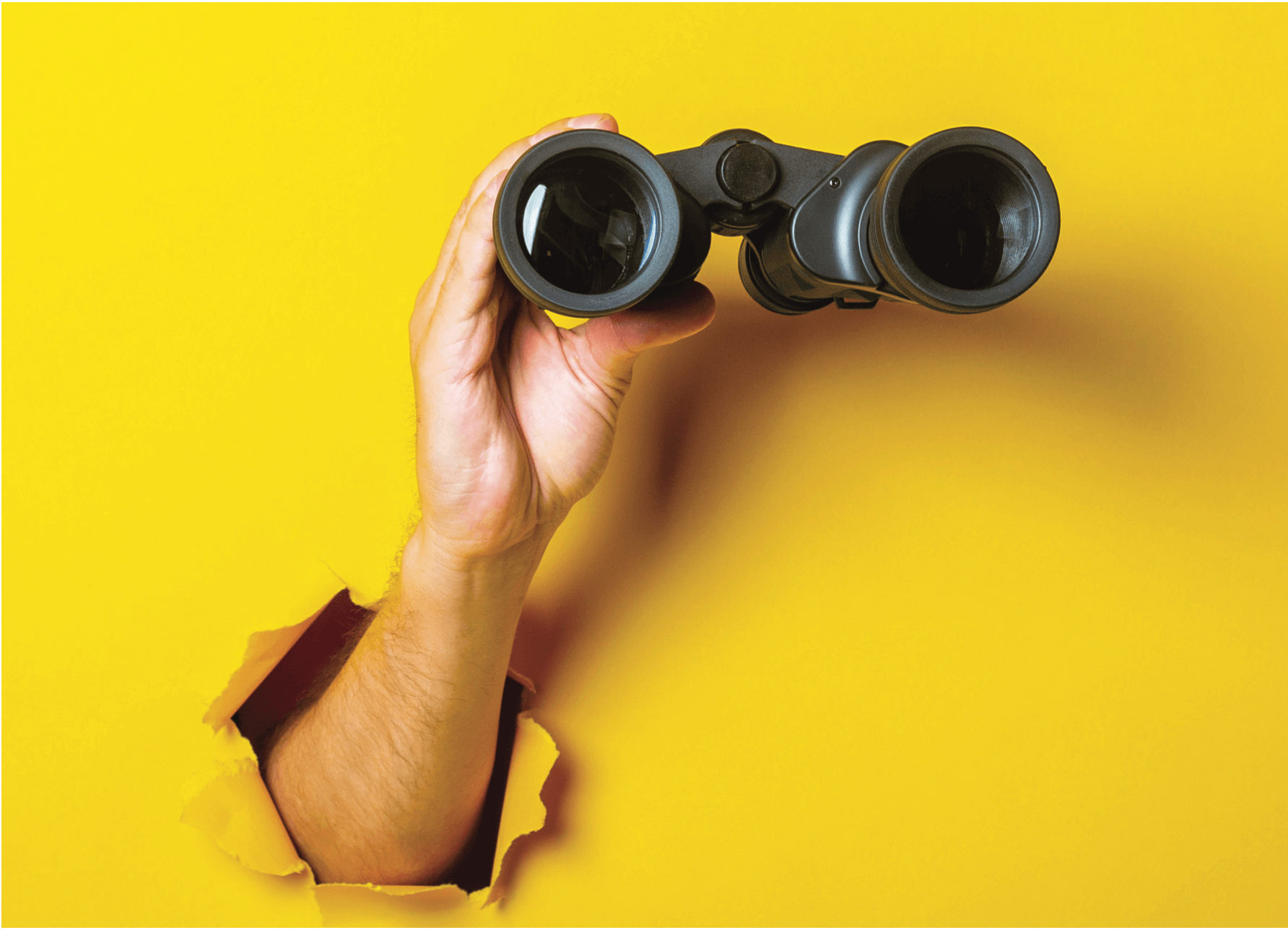Sommaire
- Un point sur le Rouging.
- Gestion des tensions d’approvisionnement durant la crise sanitaire. Retour d’expérience Aspen / Pall Corporation.
- Impact des technologies à usage unique sur l’environnement : mythes et réalités.
- Estimation des coûts de projets. Les bonnes pratiques à adopter.
- The Importance Of Automation & Data Management Across Biomanufacturing Workflows.
- Réduire le risque de contamination : une priorité pour la nouvelle génération de techniques de production aseptique.
- Automated Parts Washer Virtual Factory Acceptance Test.
- Investigation à distance, une option depuis la crise sanitaire.
Remote investigations, an option in the health crisis.
The case study which will be our focus throughout this article involves a routine (i.e. annual) media fill test which was declared non-compliant without clear identification of the root cause. The different media fill tests performed previously had always been compliant and confirmed control of aseptic conditions.

The laboratory carried out an exhaustive survey of the configuration of the installations used and of situations representing a risk of loss of asepsis using the 5M methodology. This situational analysis did not result in an action plan for remediation before carrying out a new series of aseptic simulations. The laboratory called on a third party as an arbitrator to take part in the investigation in the quest for Sterility Assurance control. In view of the Covid-19 health situation, our intervention, initially planned to be conducted on site, was transformed into a remote investigation. This was successful thanks to the support of the laboratory and the communication resources that were put in place.
This article presents the lesson to be drawn following this experience.
.
1. Differences
Firstly, let us talk about the differences between a classic investigation and a remote investigation.
For an investigation in the context described previously, it is important to be able to appraise the production premises and equipment used for manufacture and production of the dosage form in real terms. In a remote investigation, installations and practices cannot be observed directly. The understanding of events and search for possible causes requires ingenious means of accessing data and relevant information to conduct the investigation with the quality required for Sterility Assurance. The investigation is based mainly on interviews with the various key individuals involved in the events that occurred. These interviews populate the investigation file.
In investigative work, communication with site staff is essential whether this is in situ or remotely. The advantage of being on the spot is increased interactivity and reactivity with interviewees. Body language and behavior during interviews can provide information with regard to the data collected. This provides a form of metadata, meaning data used to define or describe data points of the investigation in the current case.
In remote interviews, discussions do not allow reactions and gestures to be interpreted, while the wearing of a mask prevents the deciphering of reactions on the faces of individuals, and this is true whether interviews take place remotely or in situ. In the Covid-19 situation, wearing a mask makes this capturing of metadata almost impossible. The investigators must choose between the group and the individual, which would allow the health conditions required to avoid the wearing of a mask to be in place and thus enable the body language to be captured. In the case of a group interview, the investigators are deprived of this element of information and therefore do not have any possibility of confronting reactions and of ruling on the accuracy of the data supplied. In any case, the approach to collection must be based on televisual conversation technology (see next section).
2. Comparable elements
Although there are differences, classic and remote investigations also share comparable characteristics. These are features that promote televisual analysis by giving the participants flexibility and adaptability.
Firstly we note this shared desire of the various participants to resolve the problem together, whether remotely or on site. Distance is a relative element thanks to current technology where voice and image allow the communication of initial data (problem statement) and of the data supporting the problem to be resolved. The primary interest of the participants is to supply all the elements necessary to the investigation under the same conditions and with the same quality remotely as in situ. The medium is obviously electronic in the case of a remote investigation or becomes electronic through necessity of distance through the scanning of documents.
The review of documents during the investigation remains unchanged, with the possibility of co-reading with a local expert with or without the presence of a Quality Assurance representative. The document is then shared using a remote desktop application and the expert explains the content, while scrolling through the document in question. This exchange between expert and investigator is absolutely comparable to the situation of an on the spot audit.
.
3. Comparison with regulatory inspections conducted remotely?
A parallel can be drawn between our experience and regulatory inspections conducted remotely on the basis of associated Guidelines (e.g., PIC/s, FDA, PMDA, MHRH). The investigation conducted on the non-compliant MFT resembles the modus operandi of regulatory inspections for remote audits. It requires increased preparation of items to be communicated, the setting up of a virtual environment (cloud)that is secure (sharepoint)
to deposit the documents requested in real time. In the case of regulatory inspections, it is necessary to avoid sharing your server environment or document management. It is important to respond precisely to the questions asked and to the requests for documents. A front office rather back-office structure should be retained. An element used by remote regulatory inspections is the review of previous inspection reports of the local authorities.
4. The key success factors
On the basis of the elements detailed above, we could believe that the remote format does not present insurmountable obstacles to an appropriate investigation of a particular problem or the control of operations in general. In reality, the differences described previously are incapacitating if the technology does not come to the rescue. The key success factors require preparation time for remote communication and technological resources adapted to this type of work.
Firstly, a remote investigation cannot be carried out alone. At least two people with well-defined roles (a leader and an assistant) are necessary to carry out the investigation and the interviews fully. The use of videoconferencing tools requires greater attention than in the case of a plenary meeting. It is therefore important to separate the roles of leader/organizer and assistant. Ideally both investigators should have complementary professional backgrounds and shared expertise.
.
In our example, the leader conducted the discussions, oriented the course of the investigation while the assistant was responsible for capturing information and cross-referencing data to demonstrate inconsistencies and points requiring clarification. Alternately, questions are asked by both investigators and each drafts a report for the purpose of consolidating data. The assistant is responsible for taking screenshots during interviews and moments of communication to provide evidence and additional data for the investigation report. These screenshots are an asset of remote investigations and allow conclusions to be compared and challenged a posteriori.
In our case of an investigation of a non-compliant MFT, both investigators must have a common background in sterility assurance and a broad benchmark for the assessment of infrastructure and aseptic zone equipment. Moreover, both investigators must have experience in the control of asepsis to allow the investigation to be pursued with all the required agility and without interruption. The different themes associated with this control are, non-exhaustively, barrier technologies, sterilization of components, environmental monitoring, microbiological testing, zone entry and exit flows, aseptic practices, etc. Familiarization with initial data in advance and during the investigation is necessary and therefore the laboratory must communicate these or deposit them in a shared environment (sharepoint). Like a regulatory inspection,the more agile and rapid the circuit whereby documents, information and data are made available, the more efficient the remote investigation
and the more comparable to a classic investigation. This fluidity is only possible if we are talking of transparent communication and mutual trust. To access the production areas (“scene of the crime”), it is highly recommended to have recent advanced reality technology which allows visualization of places and situations.
.
In our example, the laboratory was able allow us to experience the premises from the inside, like a visit where we were in the production corridors with visual access to classified areas, in particular B and A. The use of augmented reality glasses allowed us to see these through the eyes of the local SME or the zone manager, pointing out vulnerable points that could impact the MFT non-compliant result.This Smart Glasses technology (photo, video, communication) is becoming widely used in pharmaceutical laboratories. The other side of the coin is that Smart Glasses require perfect Wifi coverage of the production areas (which is not always the case) and of bandwidth both at site level and in the investigators’ work office. Without a high-performance network in terms of download and particularly upload speed, this type of communication in the area in real time proves frustrating and generates wasted time during the investigation.Another technology consists indigitizing all production areas
to allow 360° visualization of each of the rooms in virtual reality accessible from a secure “cloud” link.
.
This visit to the premises can then be complete, but not in real time. Very clearly having a digitized environment for such a visit is a question of anticipation and of implementation time. This 360° capture is a tool that is useful outside of remote investigations, audits and inspections. It allows all support professions to access the production areas to better understand and grasp production processes and potentially, to identify points for improvement.
Remote investigations cannot be restricted to telephone conferences and require that discussions take place in videoconferences, so allowing document review with the possibility of co-reading with a local SME. You will have understood that one of the key success factors is structural, and is determined by the remote working locations and conditions.
5. The risks of failure
If there is no transparency and trust, there is a risk that the investigators will be manipulated.
If discussion partners wish to omit information, it will be easier to do this with remote investigators. Another risk is that of overlooking something significant in the context of the investigation. Local discussion partners know the elements presented well and will not be surprised or disconcerted by what they present while a third party seeing first-hand will be challenged by an installation, by unusual information.
This direct element of investigator appraisal is more limited in the context of a remote investigation and may allow a potentially significant element not to be seen.
On entering a workshop, there are things that attract the eye of the investigator because of their experience. With a remote investigation, the investigator cannot observe with the same holistic view. The failure lies mainly in the lack of information or in the presentation of information in a partial context/environment.
Conclusion
Remote investigations are an opportunity to maintain activities in a health crisis period. However it is necessary to prepare this type of operation in order to secure the organization and technological resources to provide high-quality information. This is necessary for a good outcome and an appropriate investigation. So YES to remote investigations, but subject to certain conditions and precautions!
Note : Metadata, in an investigation, is an index of the pertinence of baseline data and of the investigation report. It identifies, describes, and explains the origin of its creation, its utility and its recipients.
Share article

Michel HERTSCHUH – Aktehom
michel.hertschuh@aktehom.com

Antoine AKAR – Humanim




